Two point charges −Q and +Q√3 are placed in the xy plane at the origin (0,0) and a point (2,0) resp as shown in figure. This results in an equipotential circle of radius R and potential V=0 in the xy plane with its center at (b,0). All lengths are measured in meters. 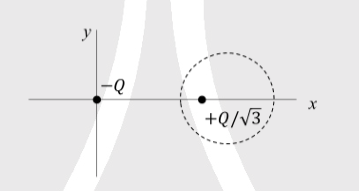 The value of R is ....m
The value of R is ....m
Step by step video & image solution for Two point charges -Q and +Q/sqrt(3) are placed in the xy plane at the origin (0,0) and a point (2,0) resp as shown in figure. This results in an equipotential circle of radius R and potential V=0 in the xy plane with its center at (b,0). All lengths are measured in meters. The value of R is ....m by Physics experts to help you in doubts & scoring excellent marks in Class 12 exams.
Updated on:21/07/2023Topper's Solved these Questions
Similar Questions
" Two point charges "+2q" and "-q" are placed on "x" -axis at "(0,0,0)" and "(3,0,0)" respectively,How many points of zero electric potential are there in the plane "X=5?
View SolutionAn electric dipole is formed by two charges +q and -q located in xy-plane at (0,2) mm and (0,-2) mm, respectively, as shown in the figure. The electric potential at point P (100,100) mm due to the dipole is V_{0} The charges +q and -q are then moved to the points (-1,2) mm and (1,-2) mm, respectivelyWhat is the value of electric potential at P due to the new dipole?
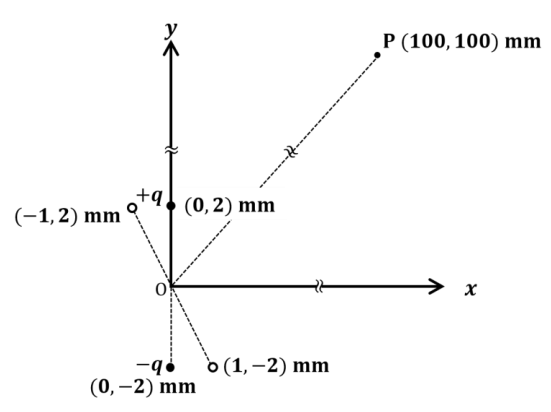
View Solution
Knowledge Check
Two point charges −q and +q/2 are situated at the origin and the point (a,0,0) respectively. The point along the X-axis where the electric field Vanishes is
Ax=a√2Bx=√2aCx=√2a√2−1Dx=√2a√2+1Two fixed charges −2Q and Q are locatted at the points with coordinates ( -3 a, 0) and (+3 a, 0) prespectively in the X−Y plane .
The expression for the potential V(x) at a general point on the x-axis is given by .AV(x)=14πɛ0[Q3a−x−2Q(3a+x)]for0<x<3aBV(x)=14πɛ0[2Q3a−x−2Q(3a+x)]for0<x<3aCV(x)=14πɛ0[Q3a−x−2Q(3a+x)]for0<x<3aDV(x)=14πɛ0[Q3a−x−2Q(3a+x)]for0<x<3aTwo points charge q1 and q2(=q1/2) are placed at points A(0,1) and B(1,0) as shown in the figure.The electric field vector at point P(1,1) makes an angle q with the x-axis ,then the angle q is
 Atan−1(12)Btan−1(14)Ctan−1(1)Dtan−1(0)
Atan−1(12)Btan−1(14)Ctan−1(1)Dtan−1(0)
Conisder a system of three charges q/3, q/3 and −2q/3 placed at point A, B and C, respectively, as shown in the figure. Take O to be centre of the circle of radius R and angle CAB=60∘
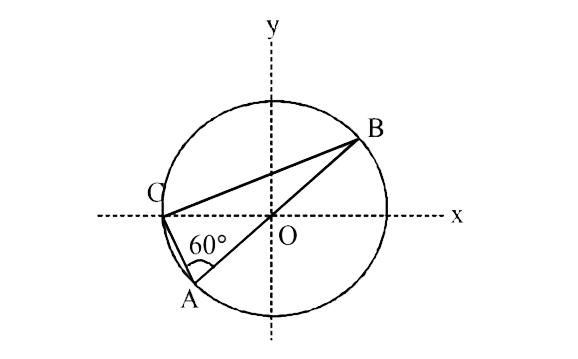
View SolutionTwo point charges −q and +q are located at points (0,0−a) and (0,0,a) resepctively.The electric potential at point (0,0,z)is (Z>a)
View SolutionCharge 2qand−q are placed at (a,0)and(−a,0) as shown in the figure. The coordinates of the point at which electric field intensity is zero will be (x,0) where
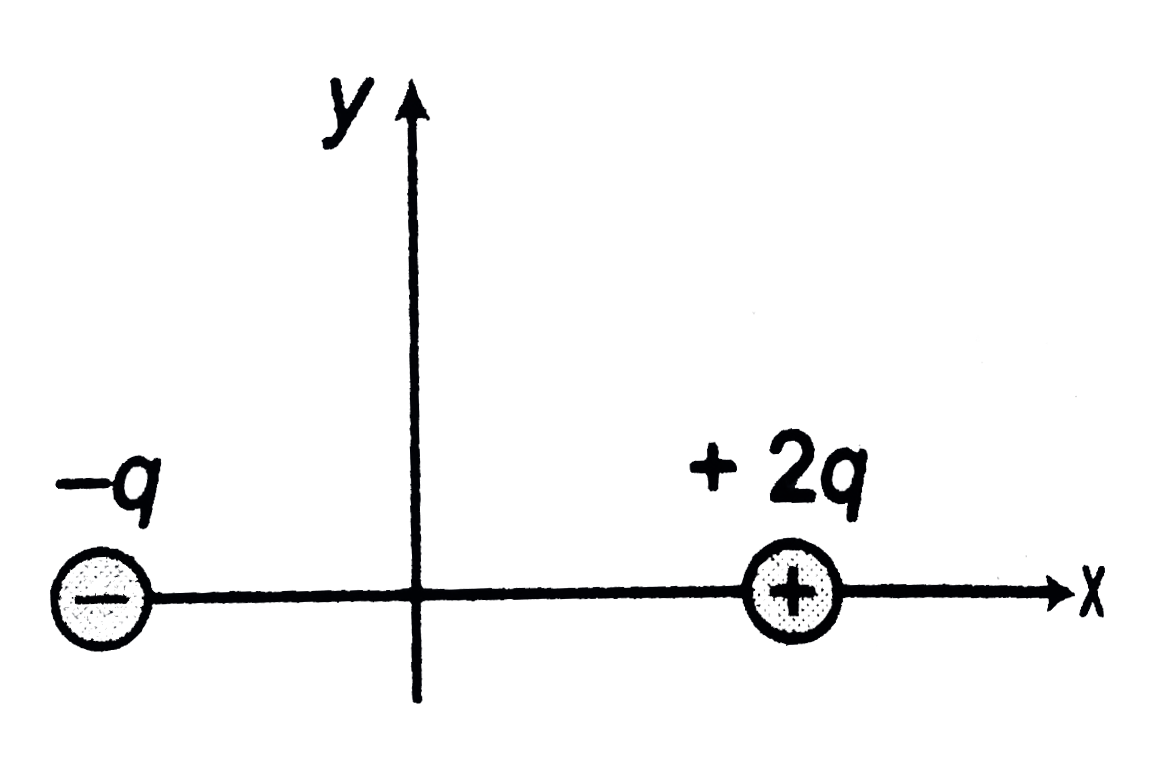
View SolutionConsider a system of three charges q3,q3 and –2q3 placed at points A, B and C, respectively, as shown in the figure. Take O to be the centre of the circle of radius R and angle CAB = 60∘ :-
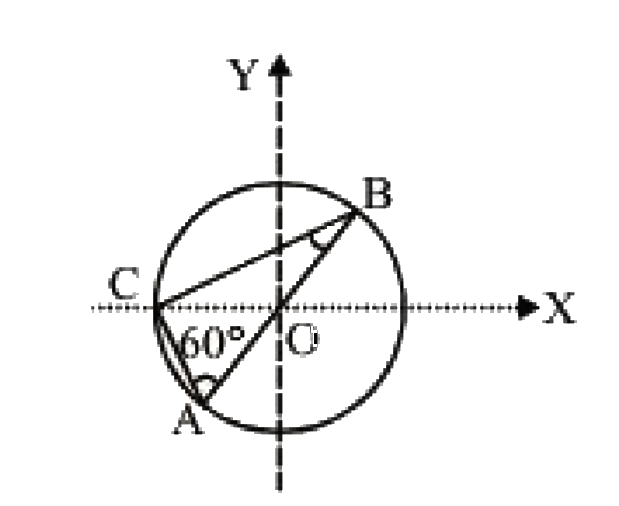
View SolutionThree charged particles having charges q, -2q & q are placed in a line at points (-a, 0), (0,0) & (a , 0) respectively. The expression for electric potential at P(r, 0 ) for r >> a is
View Solution
